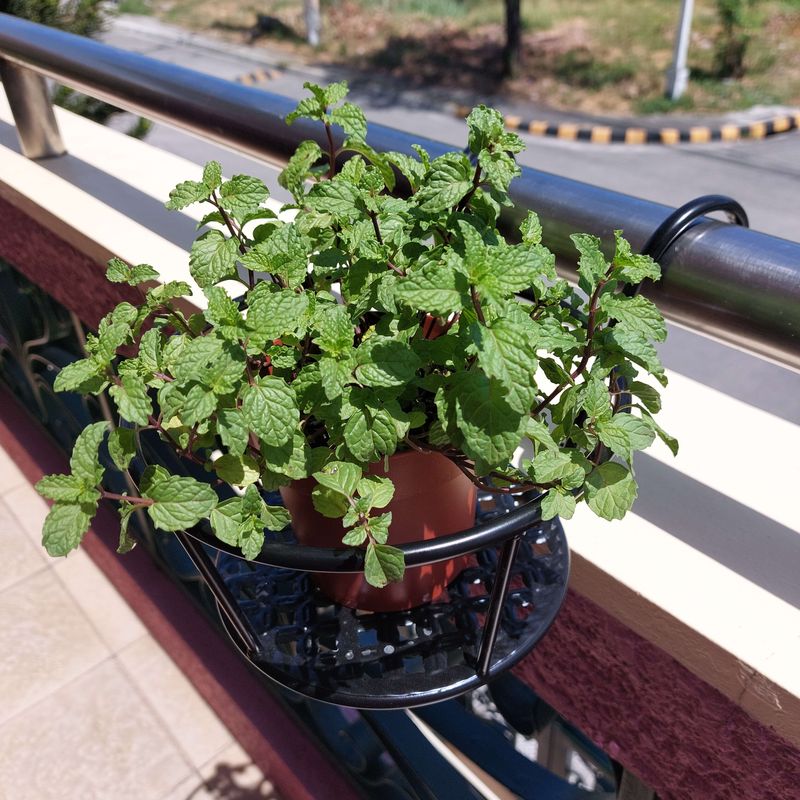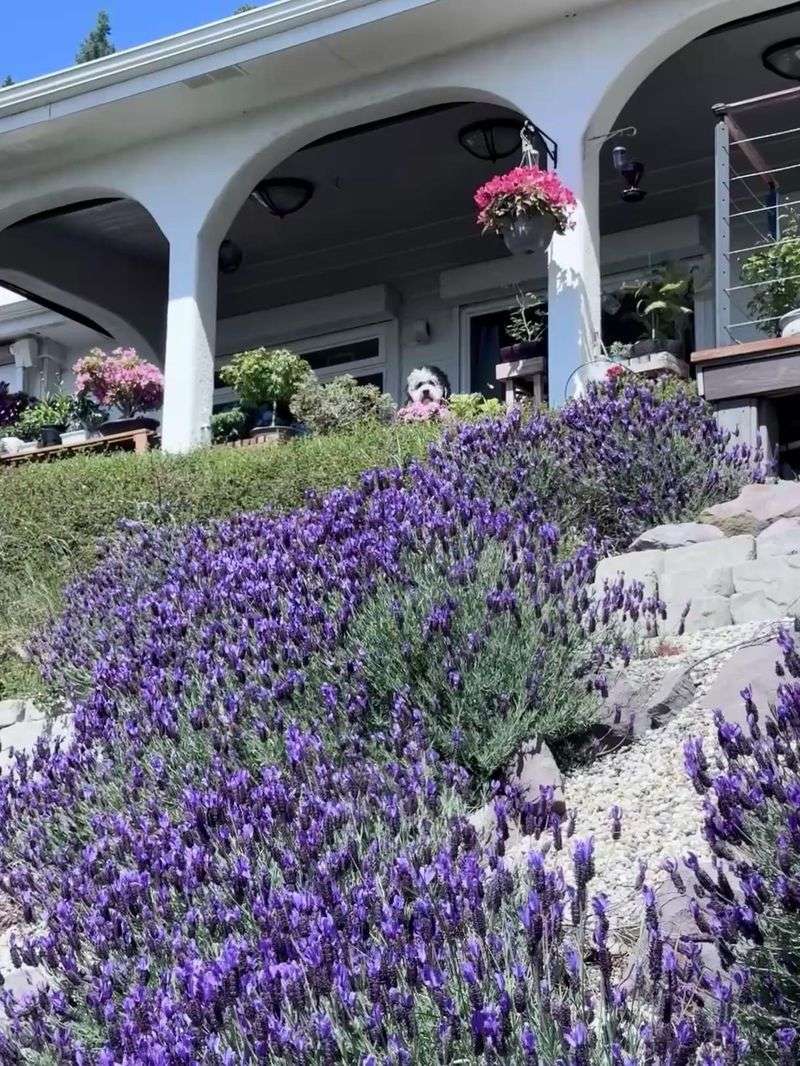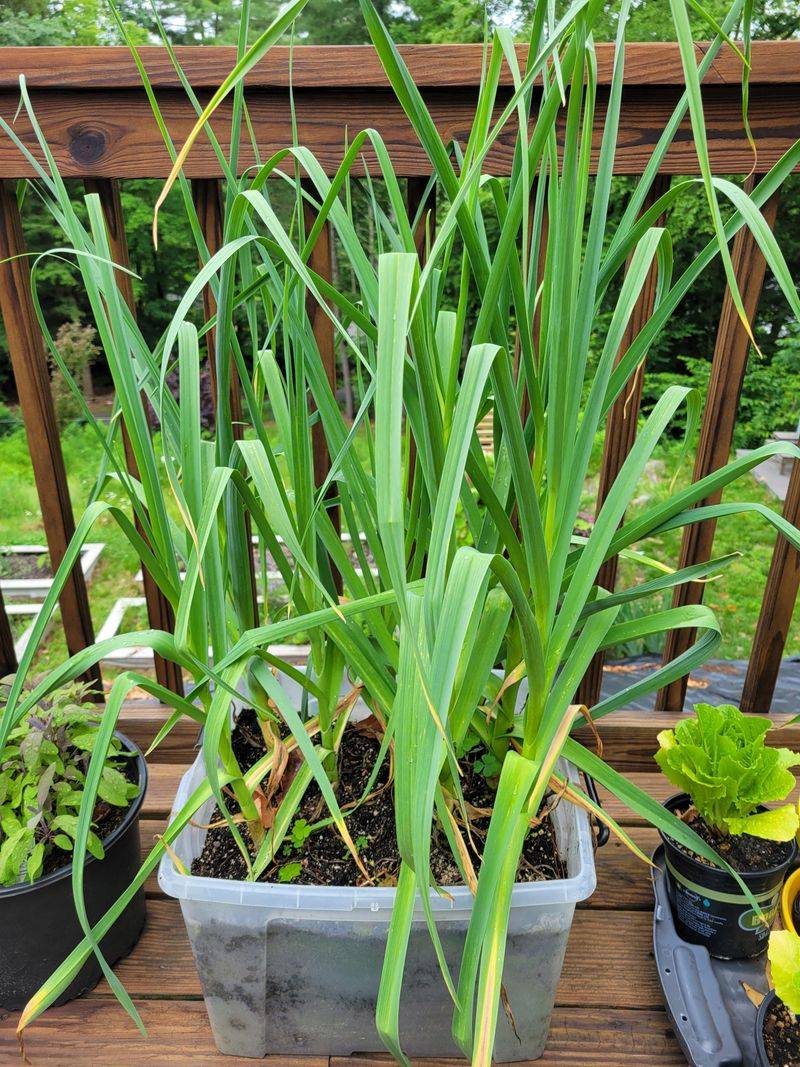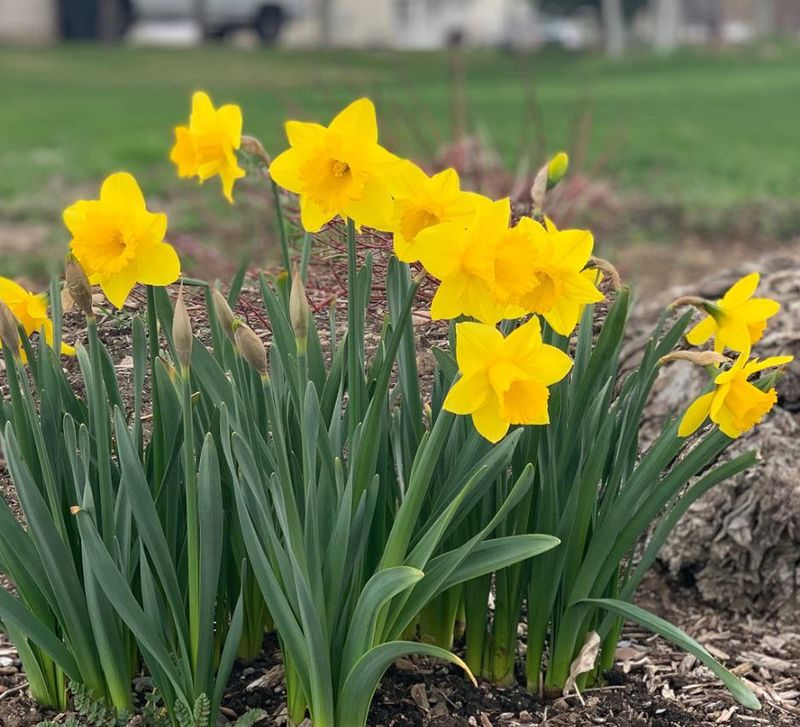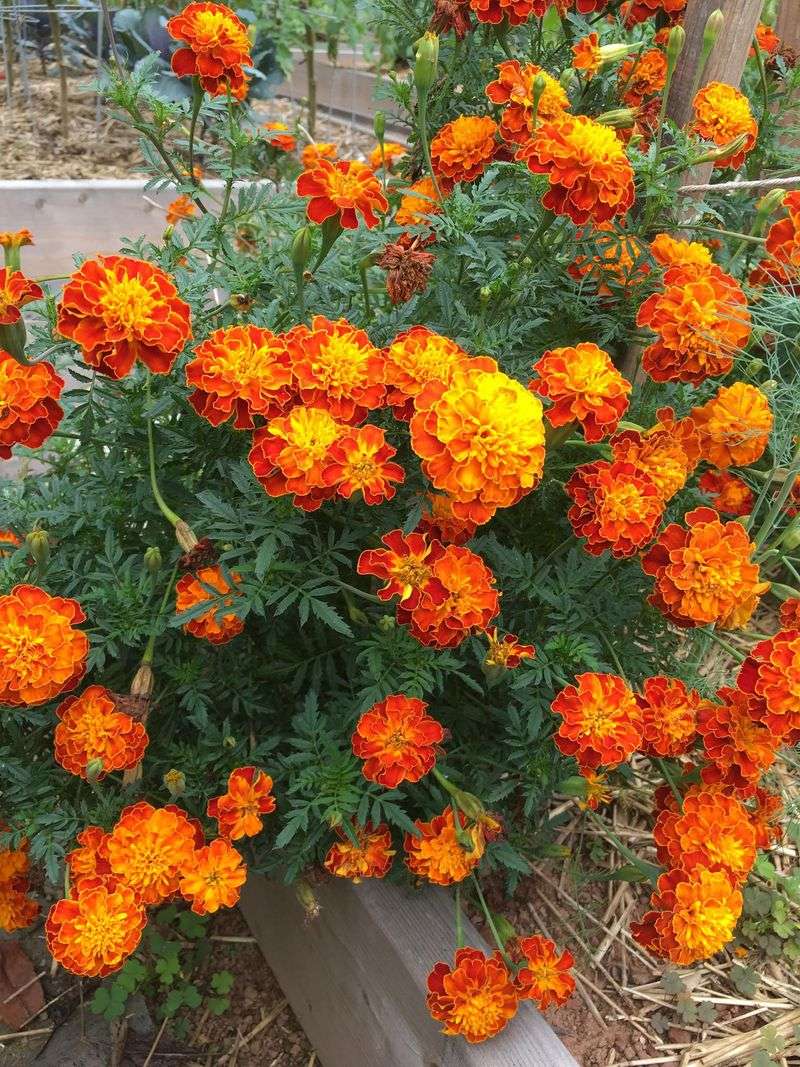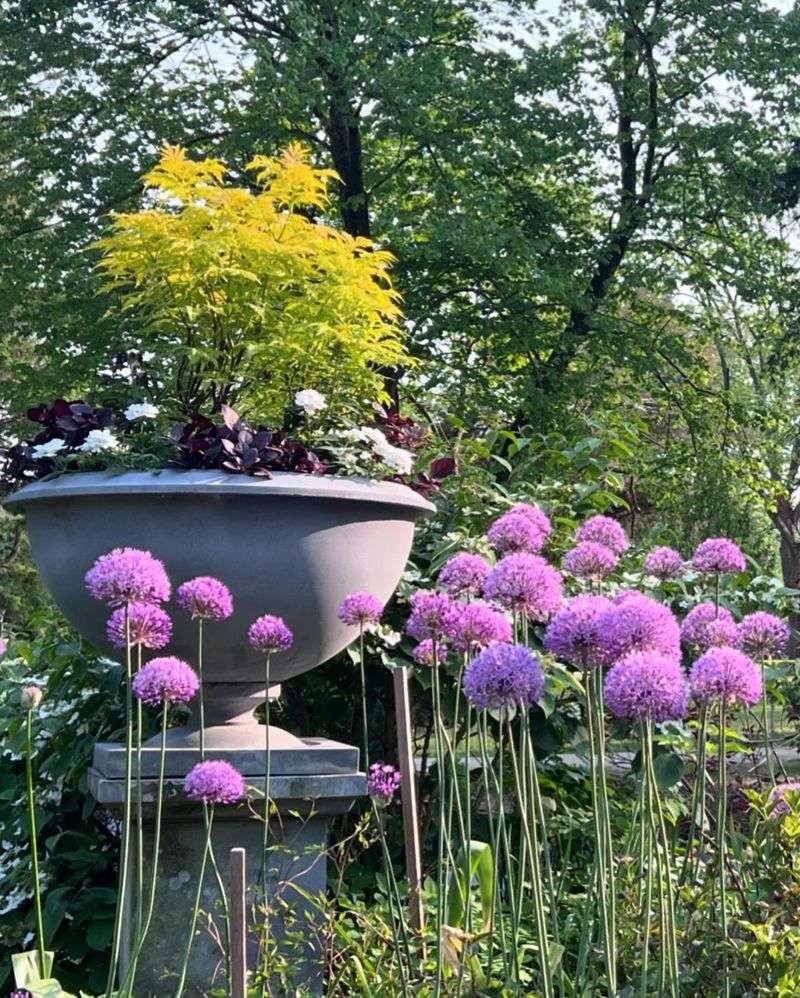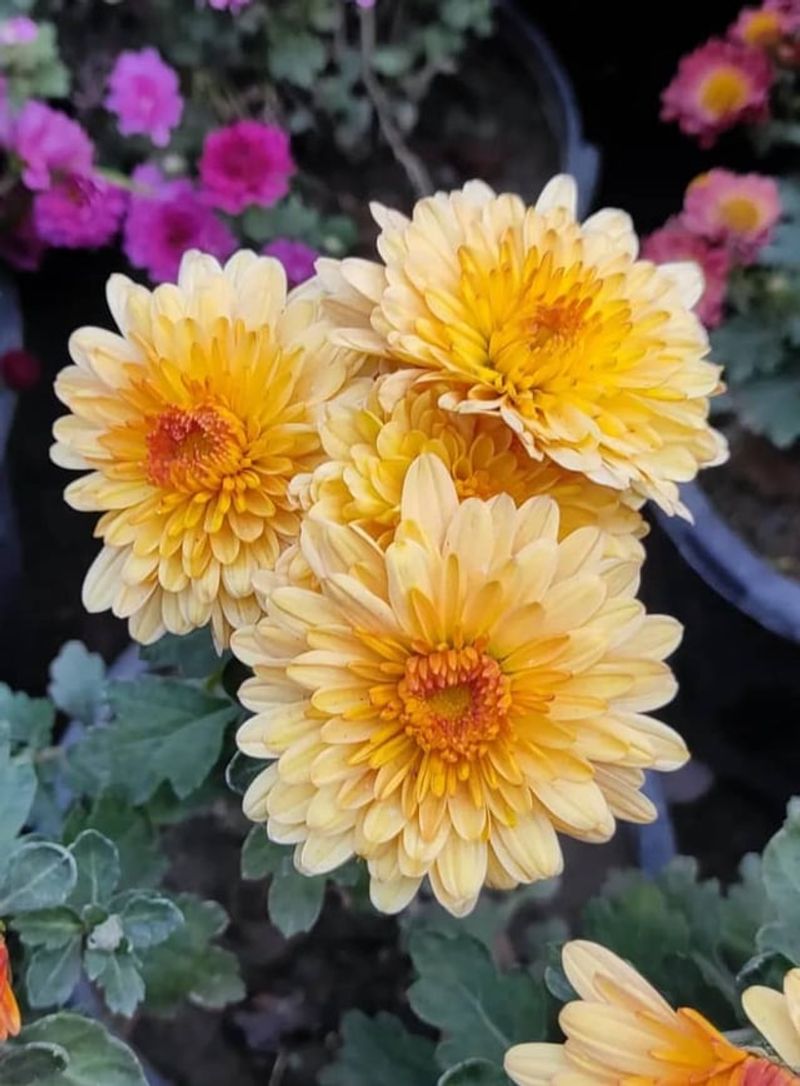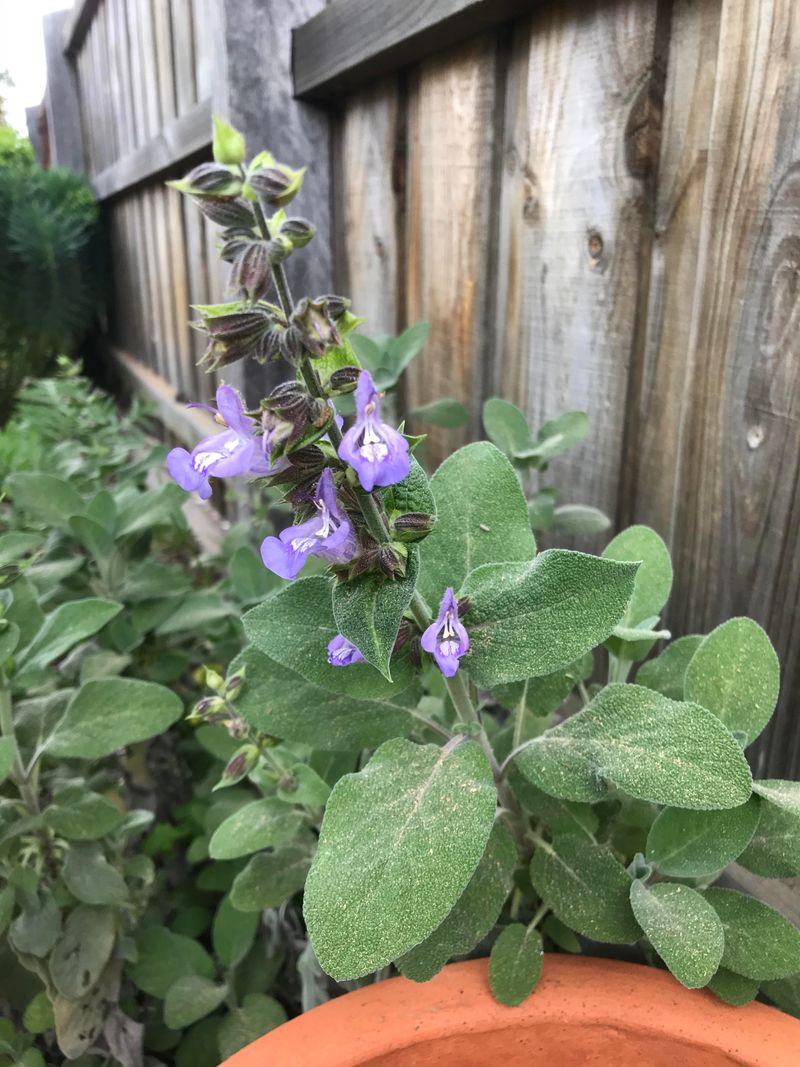Mice can turn a cozy Wisconsin home upside down, yet some plants stop those tiny intruders in their tracks. Locals swear certain strong scents hit mice like a brick wall, pushing them to search for shelter elsewhere.
These fragrant powerhouses give homeowners an edge without traps, chemicals, or fuss, and each plant pulls its weight as both décor and deterrent. Let’s highlight the botanical heavy hitters Wisconsinites rely on to keep unwanted guests from crossing the threshold and turning comfort into chaos.
1. Peppermint
Strong mint scents make mice turn around and run the other way. Peppermint plants release a powerful aroma that overwhelms their sensitive noses, making your home an unwelcome place for rodents. Plant some near doorways or windows where mice might sneak inside.
You can also crush fresh leaves and place them in problem areas. The cooling scent that humans love is actually unbearable for mice. Growing peppermint in pots works perfectly for Wisconsin’s climate, and you can bring them indoors during winter months.
2. Lavender
Purple blooms and calming fragrance make lavender a garden favorite, but mice absolutely hate it. The essential oils in lavender leaves and flowers create a natural barrier that rodents refuse to cross. Wisconsin gardeners often plant lavender along foundations and near entry points for maximum protection.
Dried lavender bundles work wonders indoors too. Hang them in closets, pantries, or anywhere you’ve noticed mouse activity. The beautiful plant serves double duty by relaxing humans while repelling unwanted furry visitors from your property.
3. Rosemary
Woody stems and needle-like leaves give rosemary its distinct appearance and powerful scent. Mice find the sharp, piney aroma completely offensive to their delicate sense of smell. Many Wisconsin homeowners keep potted rosemary plants near kitchen entrances where mice commonly try to enter.
Fresh sprigs placed in cupboards or drawers provide ongoing protection. The herb thrives in sunny spots and can be harvested for cooking while simultaneously defending your home. Its evergreen nature means year-round mouse-fighting power for your household.
4. Catnip
Cats go crazy for this plant, but mice stay far away from it. The chemical compound nepetalactone gives catnip its signature smell that drives felines wild and sends rodents running. Growing catnip around your Wisconsin property creates a natural mouse-free zone.
The plant grows easily in gardens and spreads quickly to cover large areas. Even if you don’t have cats, catnip works as an excellent rodent repellent. Scatter dried catnip leaves in your garage, shed, or basement for added protection against mouse invasions.
5. Garlic
Pungent bulbs do more than flavor your favorite dishes. Garlic’s intense sulfur compounds create an invisible shield that mice won’t dare cross. Plant garlic cloves around your garden perimeter or near vulnerable spots where rodents might enter your Wisconsin home.
The smell penetrates deep into soil and air, creating lasting protection. Garlic requires minimal maintenance and thrives in Wisconsin’s growing season. Bonus: you get delicious garlic bulbs for cooking while keeping your property rodent-free throughout the year.
6. Daffodils
Bright yellow blooms signal spring’s arrival in Wisconsin, but they also warn mice to stay away. Daffodil bulbs contain toxic alkaloids that rodents instinctively avoid. Planting daffodils around your home’s foundation creates a cheerful barrier against unwanted visitors.
The flowers return year after year without replanting, making them a low-maintenance solution. Mice won’t dig up these bulbs like they might with tulips. Your yard gets beautiful color while remaining protected from rodent damage and infestations all season long.
7. Marigolds
Golden and orange petals bring vibrant color to Wisconsin gardens while repelling more than just mice. Marigolds produce a distinct earthy scent that rodents find unpleasant and avoid completely. Plant them in flower beds, containers, or along pathways where mice might travel.
The flowers bloom continuously throughout summer and fall, providing long-lasting protection. Marigolds are incredibly easy to grow from seed and tolerate various soil conditions. Their pest-fighting abilities extend to insects too, making them a multipurpose guardian for your outdoor spaces.
8. Alliums
Globe-shaped purple flowers look like something from a fairy tale, but their onion-family heritage makes mice scatter. Alliums release strong sulfur compounds similar to garlic and onions that rodents absolutely despise. Wisconsin gardeners love these tall, dramatic plants for both beauty and pest control.
The bulbs multiply over time, expanding your mouse-fighting coverage naturally. Plant alliums in clusters for maximum visual impact and rodent-repelling power. They bloom in late spring and early summer, standing guard when mice start looking for new nesting spots.
9. Chrysanthemums
Fall wouldn’t be complete without mums decorating Wisconsin porches and gardens. Beyond their autumn beauty, chrysanthemums contain pyrethrin, a natural compound that repels mice and many insects. The chemical affects rodent nervous systems, making them avoid mums entirely.
Plant different colored varieties for stunning seasonal displays that also protect your home. Mums thrive in cooler temperatures, making them perfect for Wisconsin’s climate. Position potted mums near doors and windows during fall when mice start seeking warm indoor shelter for winter.
10. Sage
Fuzzy gray-green leaves release aromatic oils that mice find overwhelming and irritating. Sage grows well in Wisconsin gardens and can be harvested for culinary use while simultaneously protecting your property. The herb’s camphor-like scent creates an effective barrier against rodent intrusions.
Plant sage in sunny spots near vegetable gardens to protect your crops from mice. Dried sage bundles hung indoors maintain their repellent properties for months. The perennial herb returns stronger each year, providing reliable, natural mouse control without chemicals or traps.


